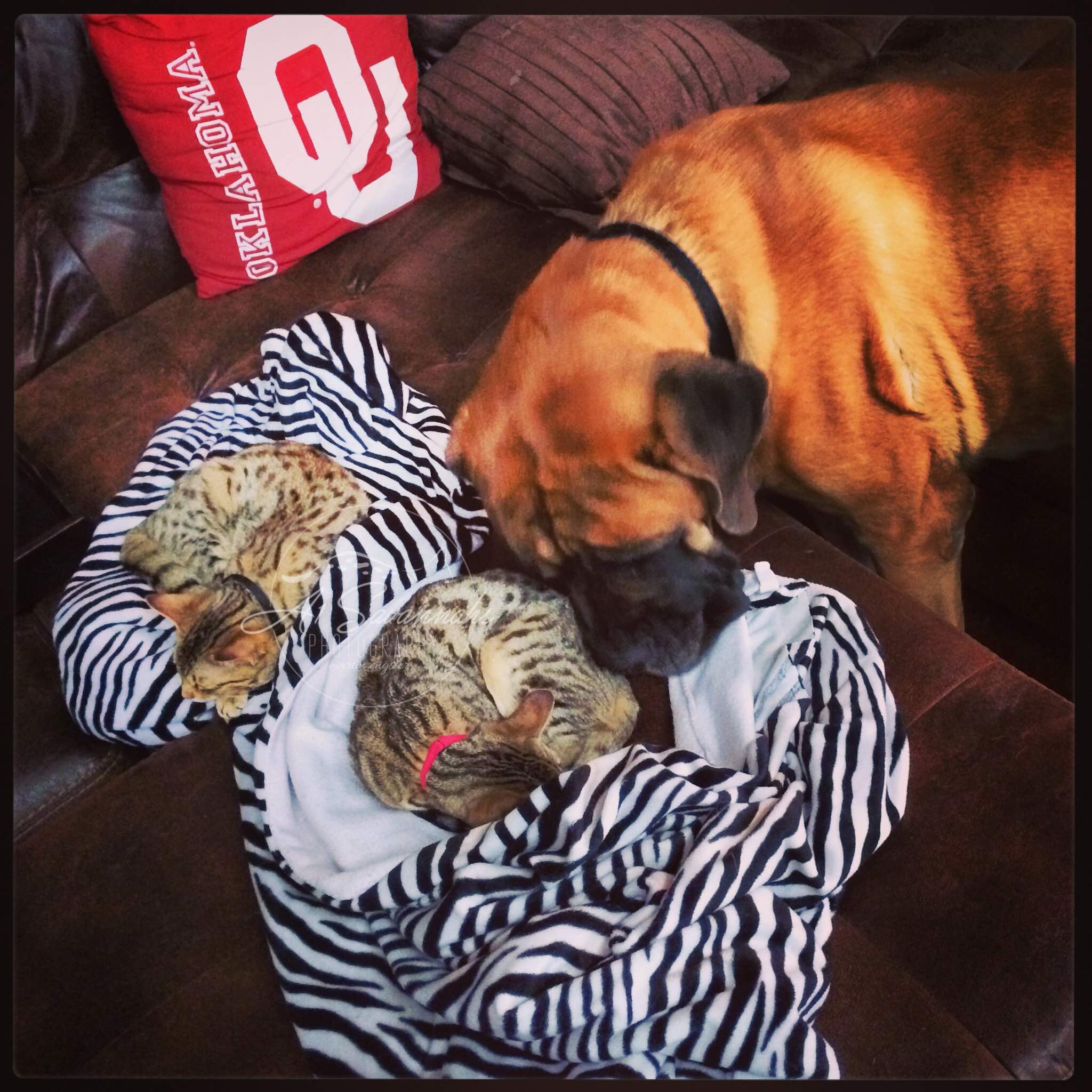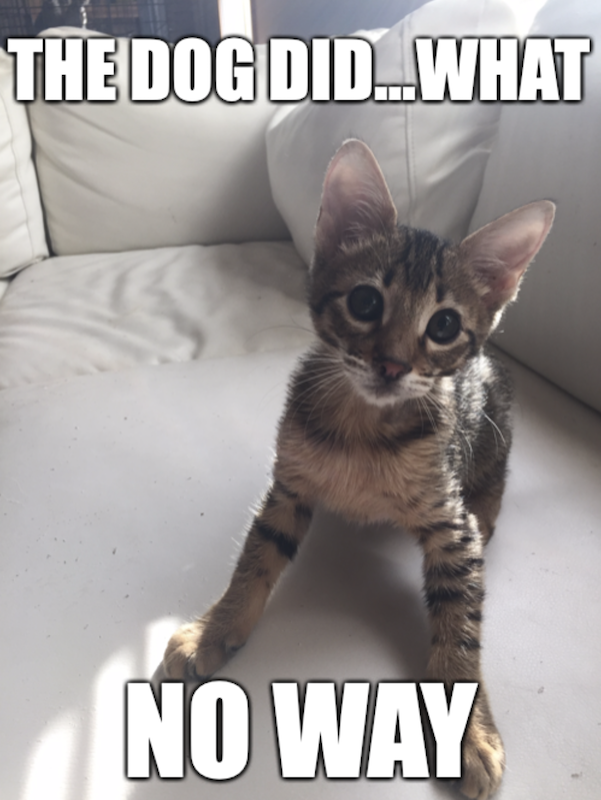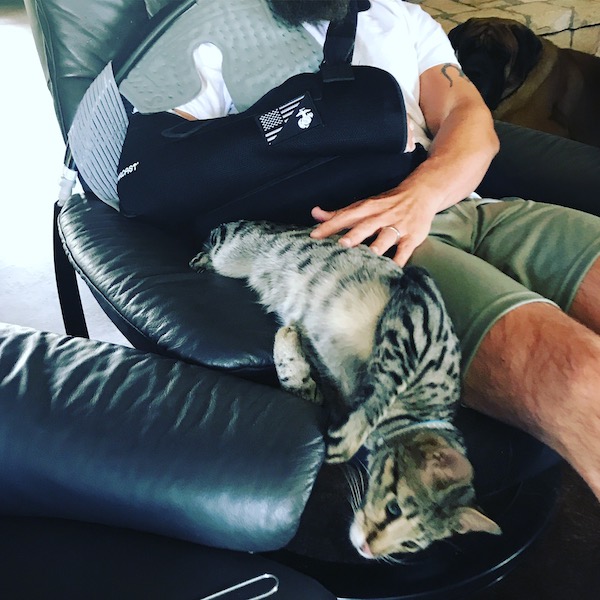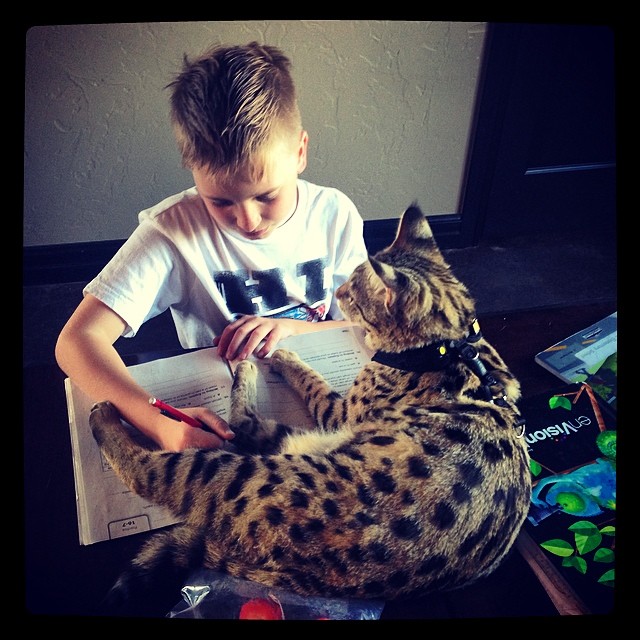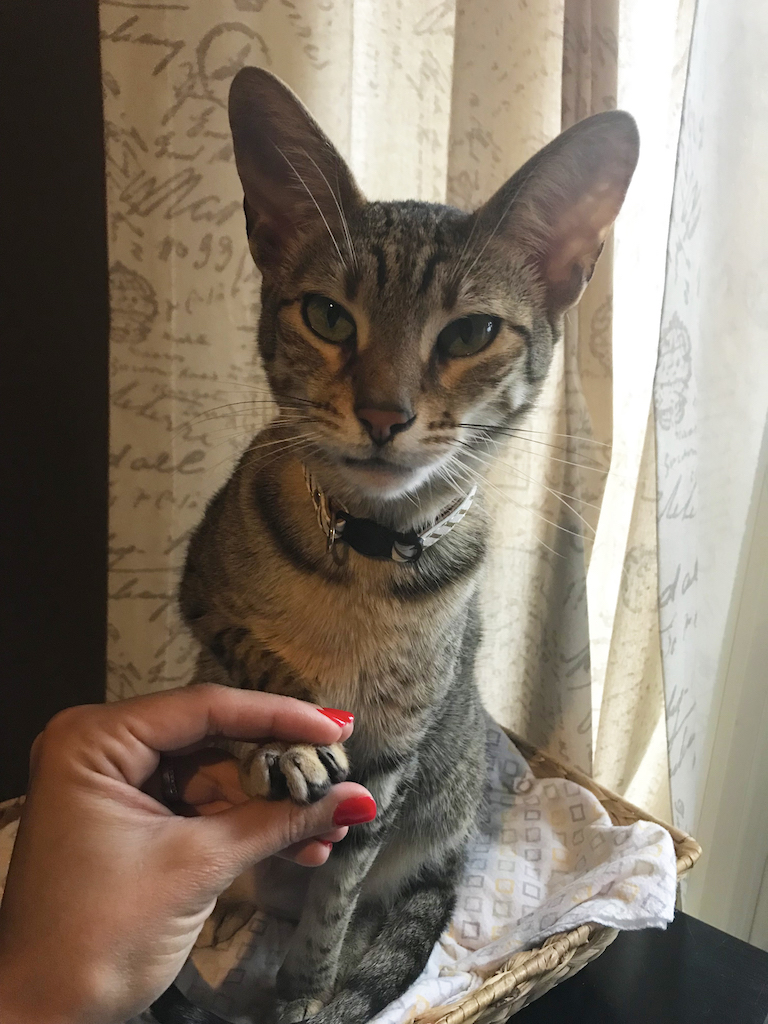Cat owners may have many reasons for wanting to change the food they feed their pets. Oftentimes, it is needed because of a medical condition and was recommended by their veterinarian. Another reason may be that your ca’s current food is no longer available for sale. No matter what your reason is, transitioning cat food needs to be done slowly to ensure your cat doesn’t get sick or have any adverse reactions.
Why Gradually Change Cat’s Food?
When you suddenly change the food your cat eats, it could cause stomach issues such as reduced appetite, diarrhea and vomiting. Cats are creatures of habit. Changing their food too quickly will not end very well. Starving your pet into eating new food they don’t like will not be good for their health. They can end up developing a “fatty liver” or hepatic lipidosis. This could be life-threatening and painful to your cat.
Changing Your Cat’s Food Safely
The best way to transition your cat’s food to a new brand or type is to gradually make the change over a week or more. When you gradually increase the new food each day and gradually decrease their old food at the same time, the risk of your cat getting sick or having digestive issues will be significantly reduced. In some cases, you may not have the ability to change slowly.
If your cat is picky about what food they eat and you are changing their food, the best cat foods to transition with are ones that are similar to their old foods. Begin by adding small amounts of the new food to their current food and watch how they respond. Give them 30 minutes to eat what they want and remove the bowl. If all goes well, you will have successfully transitioned to the new food effectively and safely in just a week. We’d highly recommend Solid Gold cat food if your cat doesn’t have any prior preferences.
Some cats may not make the change easily because they are very picky about what they eat and don’t like changes. These cats will require more time and patience on your part. The changes will need to be slower in this case until they get used to the taste and texture of the new food. It is best during the transition to set aside specific feeding times to ensure they are hungry enough to eat what they are given. If you allow for free-feeding when transitioning, your cat may take their time and pick out the old food and leave the new food.
Progressively Changing From One Kibble to Another
Many cat owners find themselves unsatisfied with the way one kibble is suiting their pet. Some are concerned about the quality. Others worry that their cat’s health may be at risk. Unhealthy weight gain/loss, hair loss, changes in behavior, and more are symptoms of malnutrition. If your cat is suffering from any of these problems, it’s a good indication that it’s time to begin experimenting with a new kibble. This should be done in 10% increments to slowly allow the cat/pet to adjust to the new food. Speeding up this process will result in a much higher chance of diarrhea or other things. To assure that your cat maintains proper health, this transition should be made over the course of at least one month.
Transitioning Your Cat To Wet Food From Dry
It can be more difficult to transition your cat from dry food to wet food. Unfortunately, some older cats and those with teeth or digestive issues will be required to make this change for their health. Changes that result in significant texture changes will be difficult for some cats. There are a few tricks to take into consideration for making the change easier. Try to sprinkle some of their dry food kibbles on top of the new wet food during feedings.
This process will allow your cat to get used to the smell of wet food while gradually making the change. After a few days, mix the dry food in with the wet food. You may also choose to grind up the dry food and mix it with the wet food to get some of the flavor mixed in. This may make the new food more palatable for your cat and entice them to give it a try.
If your cat is not giving in to the new wet food easily, try a little exercise or playtime for 10-15 minutes before feeding time. This will get them hungry and more likely to eat the food they are given. It can help them accept new food faster. Any food transition, whether wet or dry, will need to be done carefully. Pay attention to your cat's behavior and note any changes to your veterinarian.
Click on the pictures to see where it takes you and the links in the article.
Until our next cat convo










